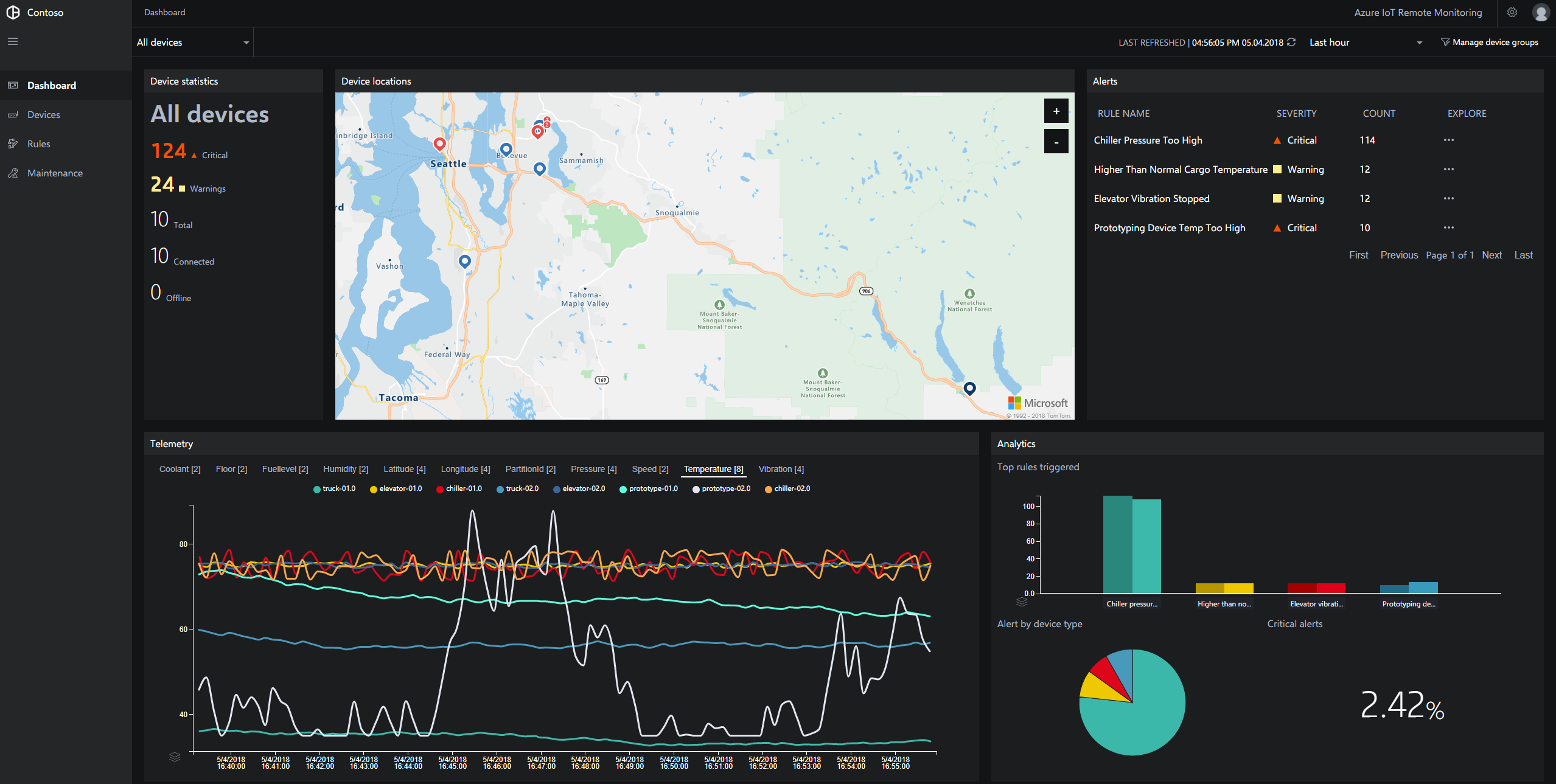Are you tired of dealing with complicated setups just to remotely access your IoT devices? Well, you’re not alone. In today’s hyper-connected world, having a seamless IoT remote SSH connection has become essential for both tech enthusiasts and professionals alike. Whether you're managing home automation systems, monitoring industrial equipment, or simply keeping tabs on your smart devices, the ability to access them remotely is more important than ever.
But here’s the deal: setting up a secure IoT remote SSH connection doesn’t have to break the bank. With free tools and software readily available, you can establish a reliable connection without spending a dime. In this article, we’ll dive deep into everything you need to know about downloading and setting up an IoT remote SSH connection for free.
We’ll cover everything from the basics of SSH to advanced tips for securing your connection. By the end of this guide, you’ll be equipped with the knowledge and tools to remotely access your IoT devices like a pro. So, buckle up and let’s get started!
- Season Hubley The Rising Star Taking The Industry By Storm
- Unveiling The True Essence Of Mothers Warmth Jackerman A Journey Through Love And Comfort
What Is IoT Remote SSH Connection Free Download All About?
Let’s start with the basics. IoT remote SSH connection refers to establishing a secure communication channel between your IoT devices and a remote computer or server using the Secure Shell (SSH) protocol. The best part? You don’t need to spend a fortune to make it happen. There are plenty of free tools and software out there that allow you to set up an IoT remote SSH connection without any hassle.
SSH, short for Secure Shell, is a cryptographic network protocol that provides a secure way to access remote computers over an unsecured network. It’s like having a private tunnel that protects your data from prying eyes. When it comes to IoT devices, SSH is a game-changer. It allows you to manage and monitor your devices from anywhere in the world, as long as you have an internet connection.
And the best part? You can download all the necessary tools for free. From SSH clients to server software, there’s no shortage of options to choose from. Whether you’re on Windows, macOS, or Linux, you’ll find plenty of free solutions that cater to your needs. So, let’s explore some of the best options available in the next section.
- Mia Threapleton The Rising Star In The Spotlight
- Bollyflix Com Hd Your Ultimate Destination For Bollywood Entertainment
Top Free Tools for IoT Remote SSH Connection
When it comes to setting up an IoT remote SSH connection, having the right tools is crucial. Fortunately, there are plenty of free options available that cater to different operating systems and use cases. Here’s a list of some of the top tools you should consider:
1. PuTTY: The Classic SSH Client
PuTTY is one of the most popular SSH clients out there, and for good reason. It’s lightweight, easy to use, and completely free. Whether you’re a beginner or a seasoned pro, PuTTY has everything you need to establish a secure SSH connection to your IoT devices.
- Platform: Windows
- Features: Supports SSH, Telnet, and serial connections
- Pros: Simple interface, no installation required
- Cons: Limited advanced features compared to other clients
2. OpenSSH: The Powerhouse for Linux Users
OpenSSH is a must-have for Linux users who want to set up an IoT remote SSH connection. It’s a powerful and flexible tool that comes pre-installed on most Linux distributions. With OpenSSH, you can easily configure and manage SSH connections to your IoT devices.
- Platform: Linux, macOS
- Features: Supports public key authentication, port forwarding, and more
- Pros: Highly customizable, open-source
- Cons: May require some technical knowledge to set up
3. Bitvise SSH Client: A Feature-Rich Option
Bitvise SSH Client is another excellent option for those looking to set up an IoT remote SSH connection. It offers a wide range of features and is compatible with multiple platforms, making it a versatile choice for both beginners and advanced users.
- Platform: Windows
- Features: SFTP support, tunneling, and advanced security options
- Pros: User-friendly interface, free for personal use
- Cons: Paid version required for commercial use
How to Set Up an IoT Remote SSH Connection
Now that you know some of the best tools for setting up an IoT remote SSH connection, let’s dive into the actual process. While the steps may vary slightly depending on the tool you choose, the basic process remains the same. Here’s a step-by-step guide to help you get started:
Step 1: Install an SSH Server on Your IoT Device
The first step is to install an SSH server on your IoT device. This will allow your device to accept incoming SSH connections. Most IoT devices come with built-in support for SSH, but you may need to enable it manually.
For example, if you’re using a Raspberry Pi, you can enable SSH by running the following command in the terminal:
sudo raspi-config
From there, navigate to the SSH option and enable it. Once enabled, your device will be ready to accept SSH connections.
Step 2: Download and Install an SSH Client
Next, you’ll need to download and install an SSH client on your computer. As we discussed earlier, there are plenty of free options available. Choose the one that best suits your needs and follow the installation instructions.
Step 3: Connect to Your IoT Device
Once you have both the SSH server and client set up, it’s time to connect to your IoT device. Open your SSH client and enter the IP address of your device along with your login credentials. If everything is set up correctly, you should be able to establish a secure connection in no time.
Securing Your IoT Remote SSH Connection
While setting up an IoT remote SSH connection is relatively straightforward, securing it is just as important. After all, you don’t want unauthorized users gaining access to your devices. Here are some tips to help you secure your connection:
1. Use Strong Passwords
One of the simplest yet most effective ways to secure your IoT remote SSH connection is to use strong passwords. Avoid using common passwords or ones that are easy to guess. Instead, opt for a combination of letters, numbers, and symbols.
2. Enable Public Key Authentication
Public key authentication is a more secure alternative to password-based authentication. It involves generating a pair of keys – one public and one private – and using them to authenticate your connection. This eliminates the need for passwords altogether, making your connection more secure.
3. Limit Access to Specific IPs
Another way to secure your IoT remote SSH connection is to limit access to specific IP addresses. This ensures that only authorized devices can connect to your IoT devices, reducing the risk of unauthorized access.
Common Issues and Troubleshooting
Even with the best tools and setup, you may encounter issues when trying to establish an IoT remote SSH connection. Here are some common problems and how to troubleshoot them:
Issue 1: Connection Refused
If you’re unable to connect to your IoT device, the first thing to check is whether the SSH server is running. You can do this by running the following command on your device:
sudo service ssh status
If the server isn’t running, you can start it using the following command:
sudo service ssh start
Issue 2: Wrong IP Address
Another common issue is entering the wrong IP address. Double-check that you’ve entered the correct IP address for your IoT device. If you’re unsure, you can find the IP address by running the following command on your device:
ifconfig
Issue 3: Firewall Blocking
If your connection is being blocked by a firewall, you’ll need to configure your firewall settings to allow SSH traffic. This usually involves opening port 22, which is the default port used by SSH.
Why Choose Free Tools for IoT Remote SSH Connection?
With so many paid options available, you might be wondering why you should choose free tools for your IoT remote SSH connection. Here are some compelling reasons:
1. Cost-Effective
Let’s face it – money talks. By opting for free tools, you can save a significant amount of money without compromising on quality. Most free tools offer all the essential features you need to establish a secure connection.
2. Community Support
Many free tools have active communities of users who are more than happy to help with any issues you may encounter. Whether it’s through forums, social media, or official support channels, you’ll find plenty of resources to help you along the way.
3. Regular Updates
Free tools are often updated regularly to ensure they remain compatible with the latest technologies and security standards. This means you can rest assured that your connection will always be secure and up-to-date.
Conclusion
Setting up an IoT remote SSH connection has never been easier, thanks to the abundance of free tools and software available. Whether you’re managing home automation systems or monitoring industrial equipment, having a secure and reliable connection is crucial. By following the steps outlined in this guide, you’ll be able to establish a secure IoT remote SSH connection in no time.
So, what are you waiting for? Download the necessary tools, set up your connection, and start managing your IoT devices like a pro. And don’t forget to share your experience in the comments below. Your feedback could help others who are just starting out on their IoT journey.
Table of Contents
- Hdhub4u Movies Your Ultimate Guide To Streaming Movies Online
- Sidney Crosby Kids A Closer Look At The Hockey Legends Family Life


